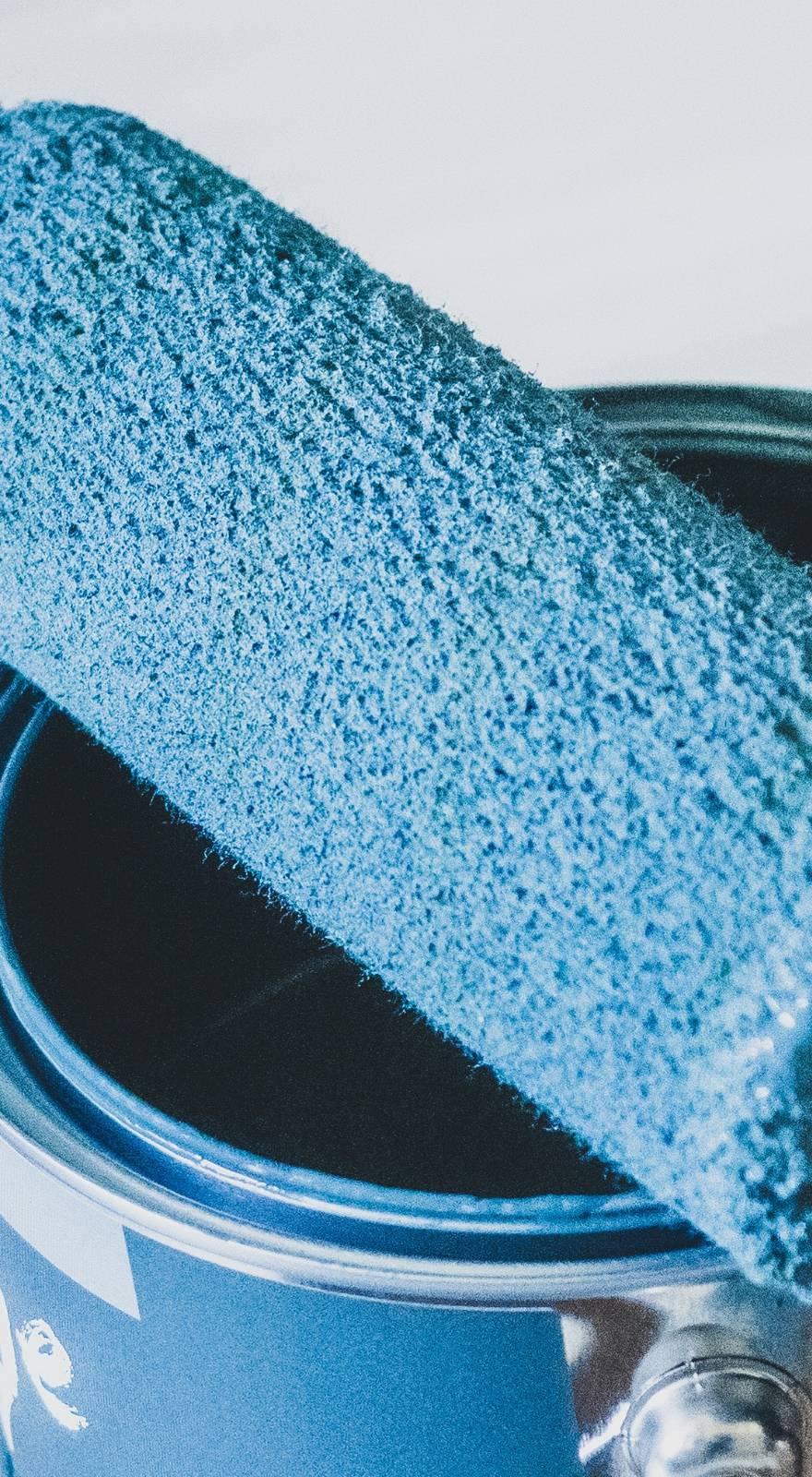Knowde Enhanced TDS
Identification & Functionality
- Chemical Family
- Product Type
- Technologies
- Product Families
Features & Benefits
- Ready-to-Use Product Features
- Provides
- Barrier and cathodic protection.
- Prevents corrosion under the paint film.
- Extended recoating interval.
- The possibility of applying polyurethane coatings without an intermediate layer.
- It meets with the Swedish standard SIS 18 52 05 for two-component paints.
Applications & Uses
- Markets
- Cure Method
- Recommended Use
Steel surfaces:
- Environment classes C2-C4 and C5-I/C5-M on blast cleaned steel surfaces (ISO- 12944-2).
Aluminum and non-ferrous surfaces:
- As a primer or protective coating in corrosivity categories C2- C4, C5 and CX (ISO- 12944-2 /2018).
- As an adhesive layer for epoxy and polyurethane coating systems.
- Compatible Coatings
Depending on the operating conditions the material can be used with different types of coatings:
- Single pack acryl coating (1pack AY) of Rayston.
- Two-component epoxy coatings (2 pack EP) of Rayston.
- Two-component polyurethane coatings (2 pack PUR) of Rayston.
- Surface Preparation
Surface Type Minimum Recommended Surface profile Ry5 (30-75 µm) (ISO 8503-1) Ry5 (30-75 µm) (ISO 8503-1) Primed surfaces & Previously painted surfaces P St2; P Ma
ISO 8501-2,
ISO 12944-4P Sa2; PMa
ISO 8501-2½,
ISO 12944-4Steel surfaces St 3 (ISO 8501-1) Sa 2½ (ISO 8501-1) Surfaces of non-ferrous metals and stainless steel Clean with alkaline solution, rinse with water. (SSPC-SP 1) Light surface roughness ISO8501-2, ISO12944-4 Galvanized surfaces Clean with alkaline solution, rinse with water. (SSPC-SP 1) Light surface roughness ISO8501-2, ISO12944-4 Note:Minimum surface preparation grade for immersed surfaces should be not less than Sa 2½ (ISO 8501-1).
- Thickness & Theoretical Spreading Rate
Min. Max. Dry Film Thickness 50 μm 10 μm Wet Film Thickness 95 μm 190 μm Spreading Rate 10.5 m2/l 5.3 m2/l Note: Practical coverage depends on the application conditions, structure to be painted, roughness of the surface and application method.
- Drying Time
Dry Film Thickness 70 µ Standard Comp. B S-Comp. B 10°C 23°C 10°C 23°C Dry to touch 2 h 30 min 30 min 15 min Dried to handle 10 h 4 h 4 h 1 h Min. recoating interval (with epoxy) 10 h 3 h 6 h 2 h Min. recoating interval (with polyurethane) 12 h 4 h 8 h 3 h Min. recoating interval for immersion 24 h 16 h 24 h 16 h Full curing 12 d 7 d 12 d 7 d Note: Drying times and polymerization depend from the relative humidity, temperature, ventilation conditions and the thickness of the film. If maximum recoat time is exceeded, it is necessary to make surface roughness with abrasive, rinse with clean water to remove dirt and allow drying.
The maximum overcoating time is 3 months without roughening provided the surface is free from dirt and grease. If the coating has been exposed to direct sunlight for some time, special attention must be paid for the removal of chalking with the suitable method before the paintingwork.
- Application Data
Mixing Ratio: 4:1
Product Volume Resin (Comp. A) 4 parts by volume Curing Agent (Comp. B) 1 part by volume Stir resin and curing agent separately (slow stirring) and then mix both components thoroughly with propeller stirrer. Before use the temperature of packaging and material should not be less than 3° C higher than the dew point. Add thinner only after both components have been thoroughly mixed and stir the mixture.
Thinning: If is necessary, the thinner Raystonthinner EP no more than 10% by volume..
Note: Adding a thinner will increase the drying time. In the case of using thinner other than recommended, the manufacturer not takes responsibility for any possible reduction in the quality of the coating.
Cleaner: Raystonthinner EP
Pot life:
- Standard Comp. B: approx. 7 h after mixing
- S-Comp. B: approx. 3 h after mixing
- Application Method
Spray application: Airless spray is the main method of application. For other spraying methods, viscosity correction may be required.
Brush and Roller: Application by brush and by roller.
Properties
- Appearance
- Matt Coating
- Typical Properties
| Value | Units | Test Method / Conditions | |
| Solids (By Volume, Mixed) | 51 - 55 | % | - |
| Total Mass of Solids | 980.0 | g/l | - |
| Volatile Organic Content | 420.0 | g/l | - |
| Air Temperature (Ambient) | 10 - 50 | °C | - |
| Surface Temperature | 10 - 50 | °C | - |
| Relative Humidity | max. 85 | % | - |
| Dew Point (Lower than Steel Temperature) | min. 3 | °C | - |
Regulatory & Compliance
- Certifications & Compliance
- Quality Standards
Safety & Health
- Safety
Use with adequate ventilation. Do not inhale aerosol. Avoid contact with skin. After contact with skin, wash immediately with detergent, soap and water. In case of contact with eyes, rinse immediately with water and seek medical advice immediately
Packaging & Availability
- Color
Red, gray, beige, black and offwhite*
Note: *offwhite color contains zinc phosphate
- Packaging
Volume (liters) Size of containers (liters) Comp. A 8 / 16 10 / 20 Comp. B 2 / 4 2 / 4
Storage & Handling
- Storage & Shelf Life
The product must be stored in original sealed containers. The storage conditions are to keep the containers in a dry, well ventilated space away from source of heat and ignition.
Storage Temperature From 5 to 30°С Component A 2 years Component B 3 years Note: After lasting storage primer shall be stirred thoroughly until its precipitation is spread over the suspension homogeneously. Precipitation in primer does not change its properties or worsen its quality. After the expiration date has passed, it is necessary to check the quality of the paint material.

